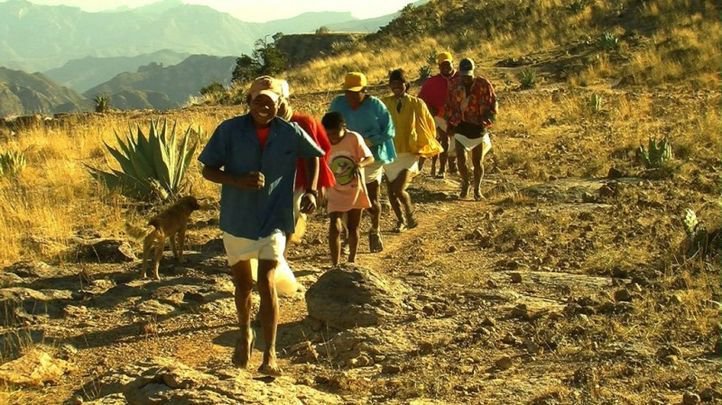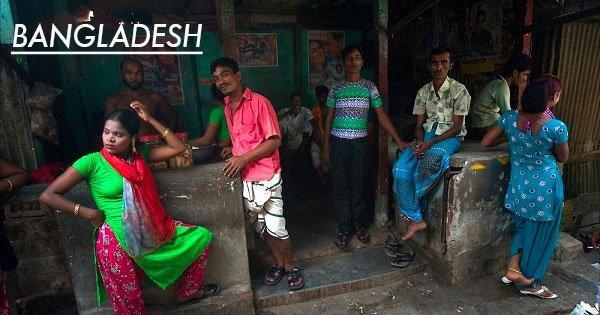In an era of digitalisation and connectivity, some people believe in keeping to themselves. These tribes have led their lives in obscurity and seclusion. From being exposed to primal lifestyles, devoid of much contact with the outside world, these indigenous folks learned to brave the extremities of climate and habitat.
Here’s a look at 10 of the last remaining tribes of the world.
1. Asaro Mudmen – Papua New Guinea’s Highlands
If legend is to be believed, the Asaro Mudmen of Papua New Guinea’s Highlands Province were ousted by their nemesis. They fled into the Asaro River and waited until sundown to plan their further course. Upon sundown, they rose from the river banks (covered in mud) and it was then, that their enemies took them for spirits and ran terror-stricken! To this day, the Asaros maintain their “menacing” look to scare warring tribes.
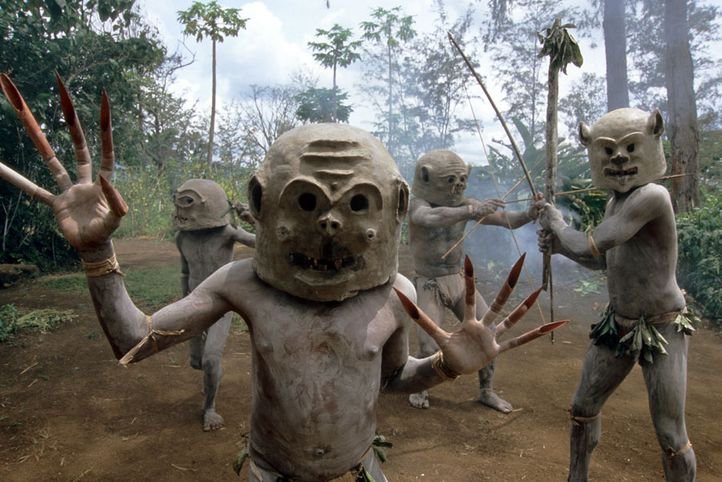
2. Kazakhs – Mongolia
These semi-nomadic tribes are direct descendants of the Huns. They have maintained their foothold over the valleys of Mongolia since the 19 th century and are notable for herding. The Kazakhs are known for their prowess in the ancient art of eagle-hunting, something that they have perfected over time.
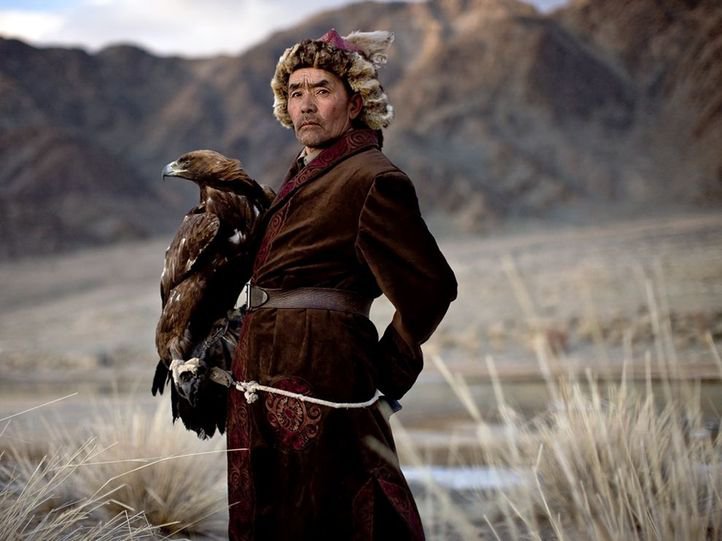
3. The Huli – Papua New Guinea and Indonesia
The Huli migrated to the island of Papua New Guinea about 45,000 years ago. The last members of their tribe are often engaged in tussles with their enemies over livestock, land and women! In order to intimidate their enemies, the Huli wigmen continue with the age old tradition of painting their faces in bright colours and making wigs of their own hair!
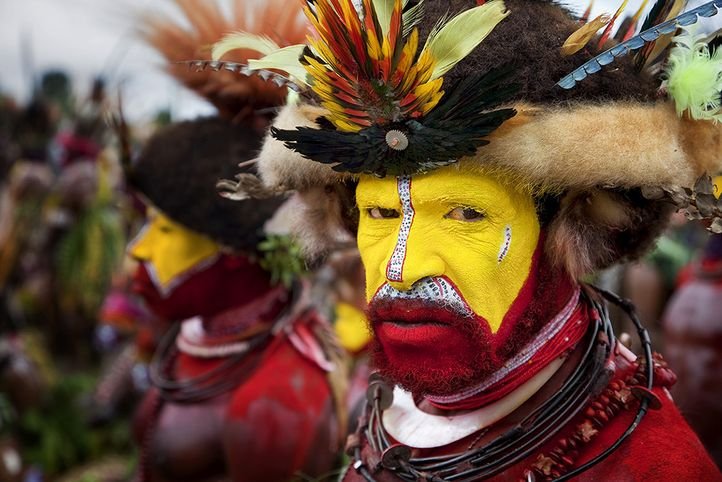
4. The Gaucho – Argentina
These free-spirited nomadic horseriders have been a self-reliant culture since the 1700s when they first established their foothold in the South American Prairies. The Gauchos are a little more “modern” in their outlook, than their counterparts.
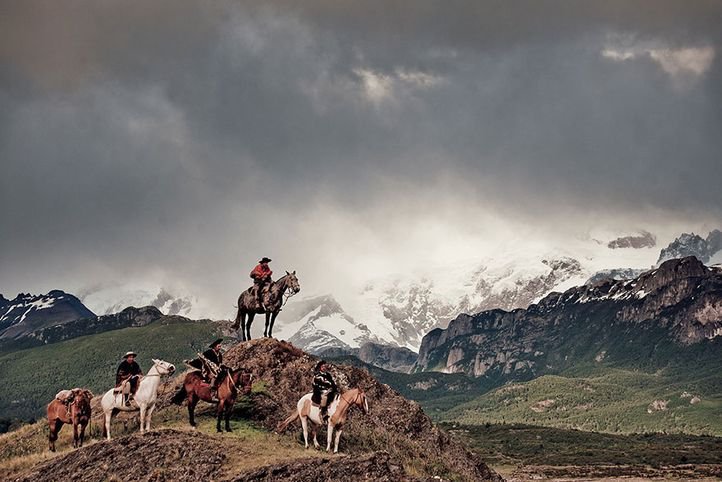
5. The Maasai – Kenya
One of the oldest and greatest warrior cultures right throughout history, The Maasai migrated and subsequently took possession of the Rift Valley, after a series of conquests against the local tribes. To this day, The Maasai rely on the cycles of rainfall and drought for their cattle, which is still their pivotal source of sustenance.
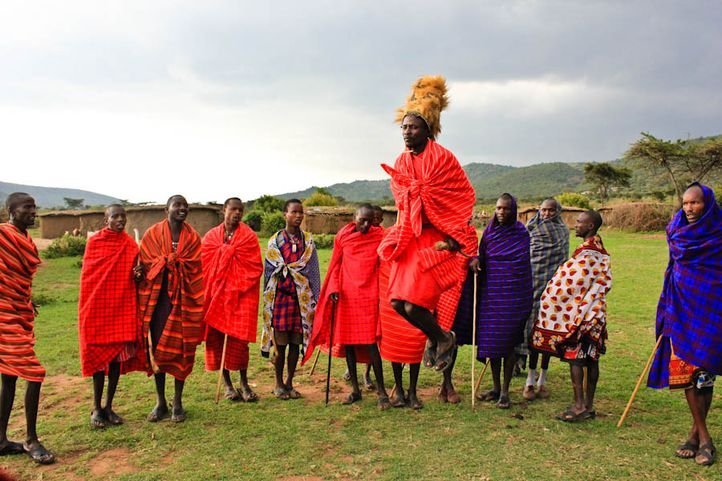
6. The Nenets – Arctic Russia
Braving sub zero conditions since aeons of primal existence, The Nenets of northern Arctic Russia have been known for their reindeer-herding practices.
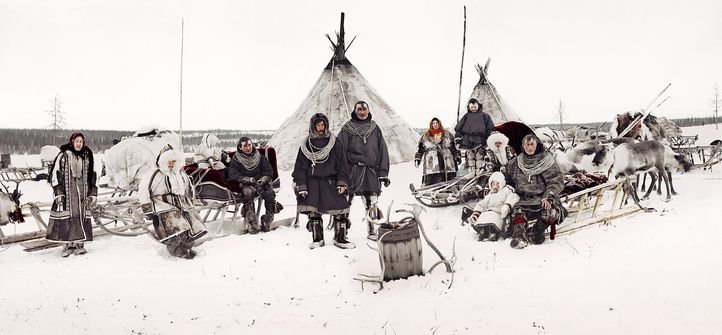
7. The Tibetan Tribe – Tibet
Consisting of an ethnic group that spawned from the aboriginal and nomadic Qiang tribes, the Tibetans are renowned for their esoteric practices that involves spirit traps, prayer flags and festival devil dances.
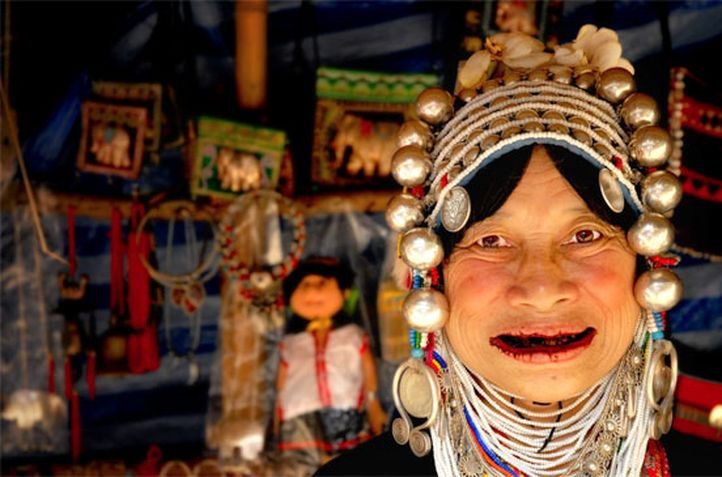
8. The Himba – Namibia
This tribe of nomadic pastoralists, inhabits the Kaokoland area of Namibia. They trace their roots to the Hetero herders who were displaced by the Nama. The Himba tradition is often synonymous with women sporting intricate hairstyles, donning traditional jewellery.
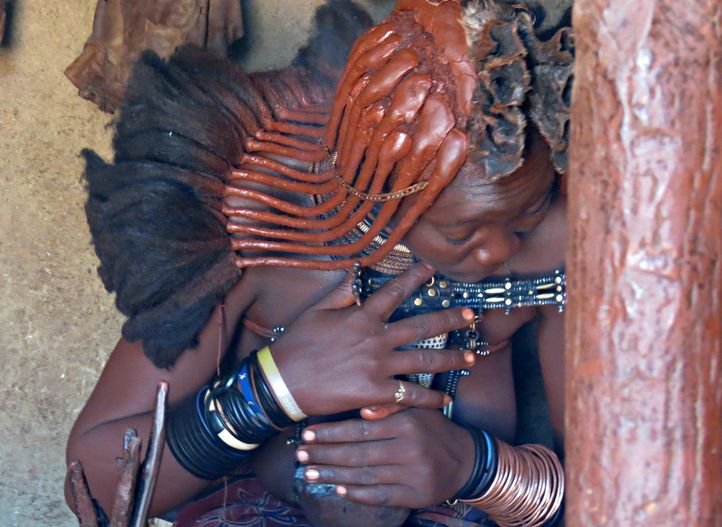
9. The Maori – New Zealand
The mystical land of Hawaiki in Eastern Polynesia has been home to the Maori tribe since the early 13 th century. Centuries of isolation intertwined with self-sustenance prompted them to establish a separate language and mythology, unique to the world!
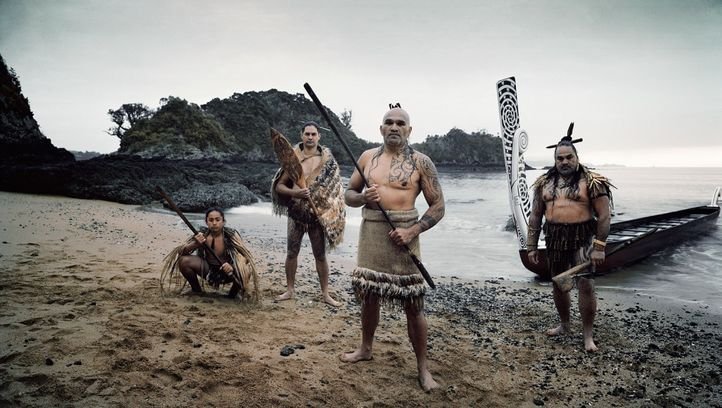
10. The Tarahumara- Mexico
Primarily known for their athletic prowess, The Tarahumara are believed to be descendents of the Mongollon culture. These endurance runners have lived for generations brewing alcoholic beverages from corn.
